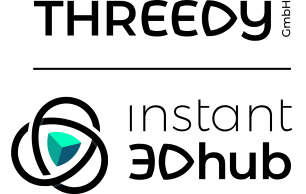- the post provides insights into ray tracing BVH performance
- shows how splitting BVHs, usage of instances, BVH splitting, and model creation can affect performance
- the effect of deformations on update vs. rebuild
- additionally presents a comparison of iterative and recursive ray tracing

- the article presents how a render graph gets updated to handle exclusive resource ownership between multiple GPU queues
- examples are provided in Vulkan terms
- explain the difference between binary and timeline semaphores
- shows how to integrate swap chain synchronization into such a system

- the video presentation provides a walkthrough of methods to find the real roots of polynomials
- presents an example of how to use the technique for hair rendering to calculate hair strand intersections

- the article discusses a method to detect artifacts in video
- applies the concept to detect banding artifacts and present a visual representation of the artifacts present over time

Als Rendering-Geek bist du mit den komplexesten Konzepten der Unity3D-Engine (z.B. Scriptable Rendering Pipeline) bestens vertraut.
Bei uns hast du die Möglichkeit Next-Level-3D-Datenstreaming innerhalb komplexer XR-Szenarien in enger Abstimmung mit unseren Kunden umzusetzen.

- the video tutorial presents how to create a fullscreen post-screen effect that pixelates the screen
- provides a walkthrough of the implementation in Unity and Unreal using visual shader graphs
- a short article that shows an option to apply tone mapping in forward shading without wanting to use a separate fullscreen pass
- discusses the shortcomings of the technique

- the article provides an overview of depth of field effects
- shows the effect of different camera parameters on the visual results
- presents an implementation in Unity shader code

- the video tutorial provides a walkthrough of issues in supporting animated models
- shows how to extend to larger support bone counts, dealing with zero bone influences as well as supporting multiple animations

Thanks to Mike Turitzin for support of this series.
Would you like to see your name here too? Become a Patreon of this series.